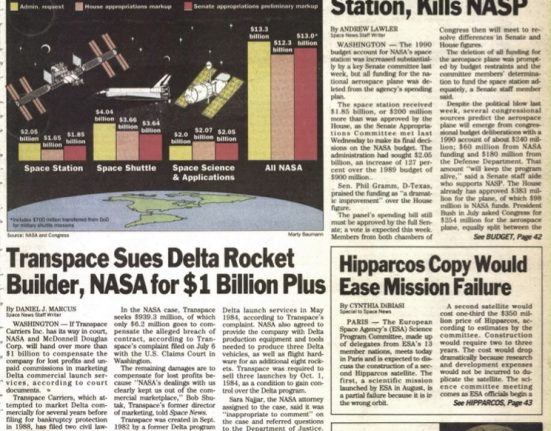SACRAMENT – TO Report released today Greenhouse gas emissions for 2022 show a decline across most sectors that is equivalent to removing more than 2.2 million gasoline-powered cars from California roads for a year.
The biggest drop was in transport, largely due to the increased use of renewable fuels in addition to growing force of the zero-emission vehicle market. Five of the seven sectors analyzed experienced declines that reduced total emissions by 9.3 million metric tons, or a 2.4% reduction from the previous year.
The latest data underscore a continuing trend of steadily declining emissions, even as the economy continues to grow. Between 2000 and 2022, emissions fell by 20%, while California’s gross domestic product increased by 78%, indicating the effectiveness of the state’s climate change and air quality programs.
“California is proving that climate action goes hand-in-hand with economic growth. We’ve cut carbon pollution by an impressive 20% since the turn of the century, while building the world’s fifth-largest economy. Cleaner air, more quality jobs – that’s the California way,” said Governor Gavin Newsom.
“The numbers are clear: our world-leading regulations are reducing emissions, spurring innovation and moving us closer to achieving our climate goals,” said CARB Chair Liane Randolph. “A future with clean air and a vibrant economy is possible, and California is leading the way.”
“California has a plan to meet its emissions goals, and the data shows that the programs we have put in place – including increasing the use of clean fuels and transitioning to zero-emission technology across all sectors – are working,” said CARB Executive Director Dr. Steven Cliff. “California will continue to strengthen its programs to ensure we meet our ambitious and urgent goals of achieving carbon neutrality and a clean air future.”
Reducing GHG emissions and the economy


Highlights of the report include:
- California has reduced the carbon intensity of its economy by 55% over the past 20 years.
- Emissions from on-road gasoline and diesel vehicles decreased as a result of regulations such as Advanced Clean Cars and the Low-carbon fuel standard requiring cleaner emissions technology and cleaner fuel, respectively.
- The power sector had its lowest carbon intensity since 2000. Wind and solar now account for 30% of generation and solar power in the state increased 15% as of 2021, driven by state law requirements. Cap and trade emissions programme and Renewable Energy Portfolio StandardIn addition, California Increased its battery storage by 757% From 2019 to 2023, which will strengthen its efforts in renewable energy. The storage capacity is enough to supply 6.6 million homes for up to four hours.
- Industrial emissions fell by 2%, also falling to a 22-year low. While emissions from refineries were broadly stable, emissions from oil and gas extraction declined, as did emissions from other fuel uses, cement manufacturing and cogeneration facilities.
- Emissions from livestock farming, which are responsible for 70% of greenhouse gas emissions from agriculture, peaked in 2012 and declined again in 2022. The decline is due to the use of methane digesters funded by the Climate investments in California and incentivized by the Low Carbon Fuels Standard, which captures emissions at source and converts them into clean fuel.
- Methane emissions from landfills also continued to decline in 2022. This decline can be attributed in part to the state's efforts to reduce organic waste disposal, as well as the California Landfill Methane Regulationswhich requires landfill operators to monitor and capture emissions escaping from their facilities.
- Refrigerant emissions also continue to decline in the transportation sector. This reduction can be attributed to California's transportation refrigeration. Air Toxics Control Measures and the Low Emission Vehicle Regulation (part of Advanced Clean Cars), which requires the use of refrigerants with lower global warming potential in cars.
The residential and commercial sector saw an increase in emissions, largely due to an increase in commercial activity that slowed during the 2020 pandemic.
California's annual statewide greenhouse gas inventory is based on data from Mandatory notification regulationswhich requires key sectors to submit emissions data verified by third parties, as well as federal and state sources.
Source: “California Greenhouse Gas Emissions Decline Across Most Sectors,” September 20, 2024 CalEPA Air Resources Board press release.
Above and corresponding images from the connected home page: CalEPA Air Resources Board













Leave feedback about this